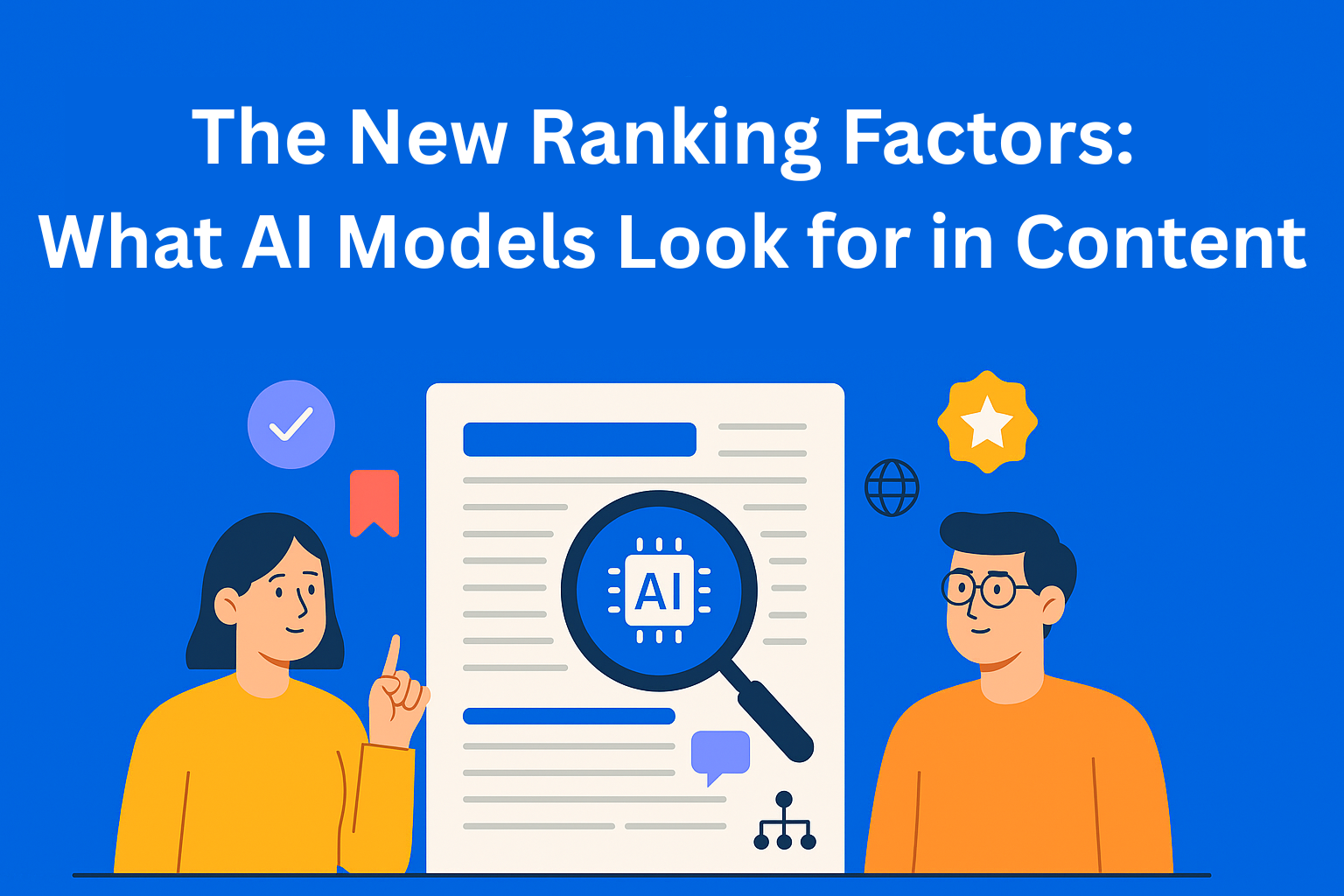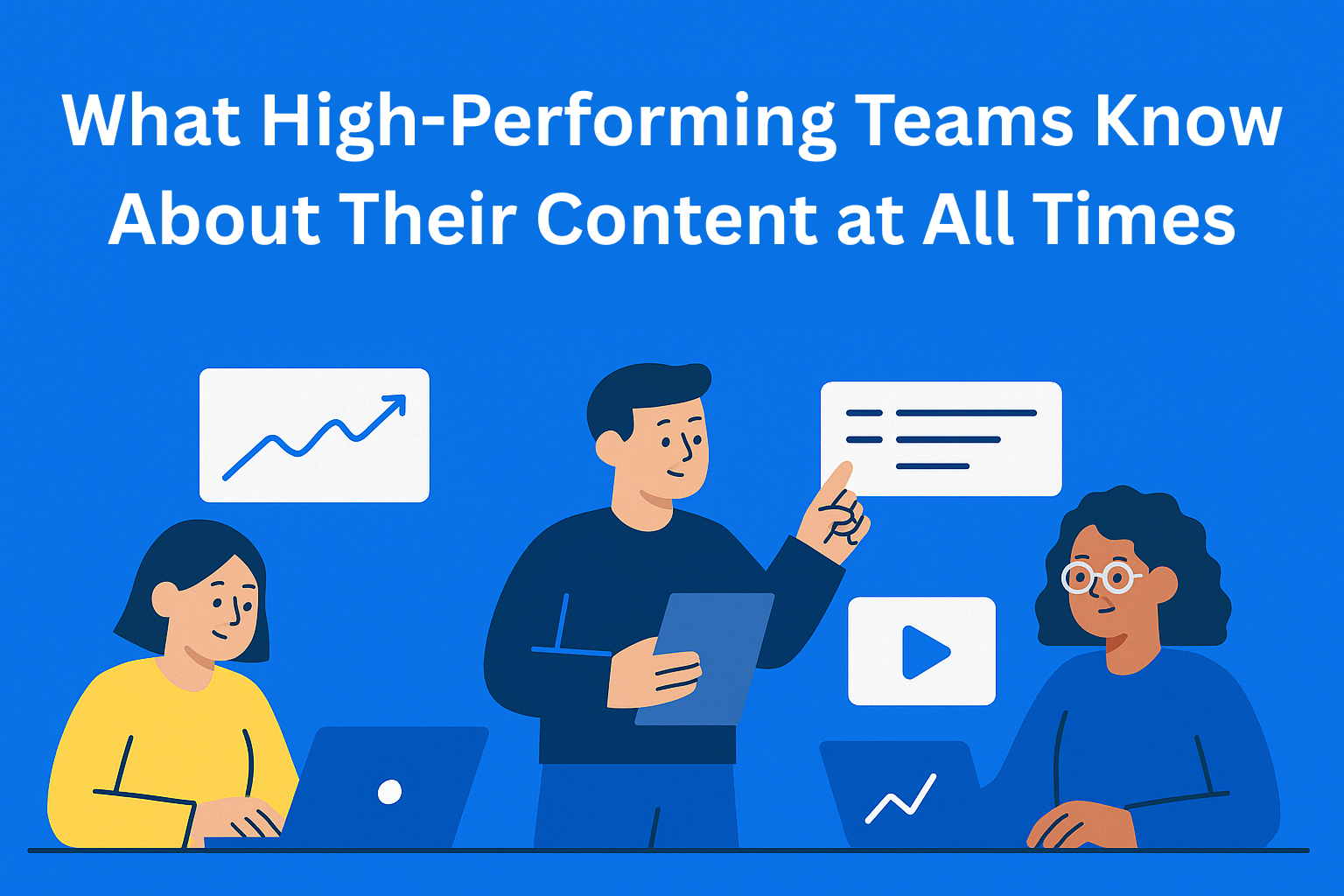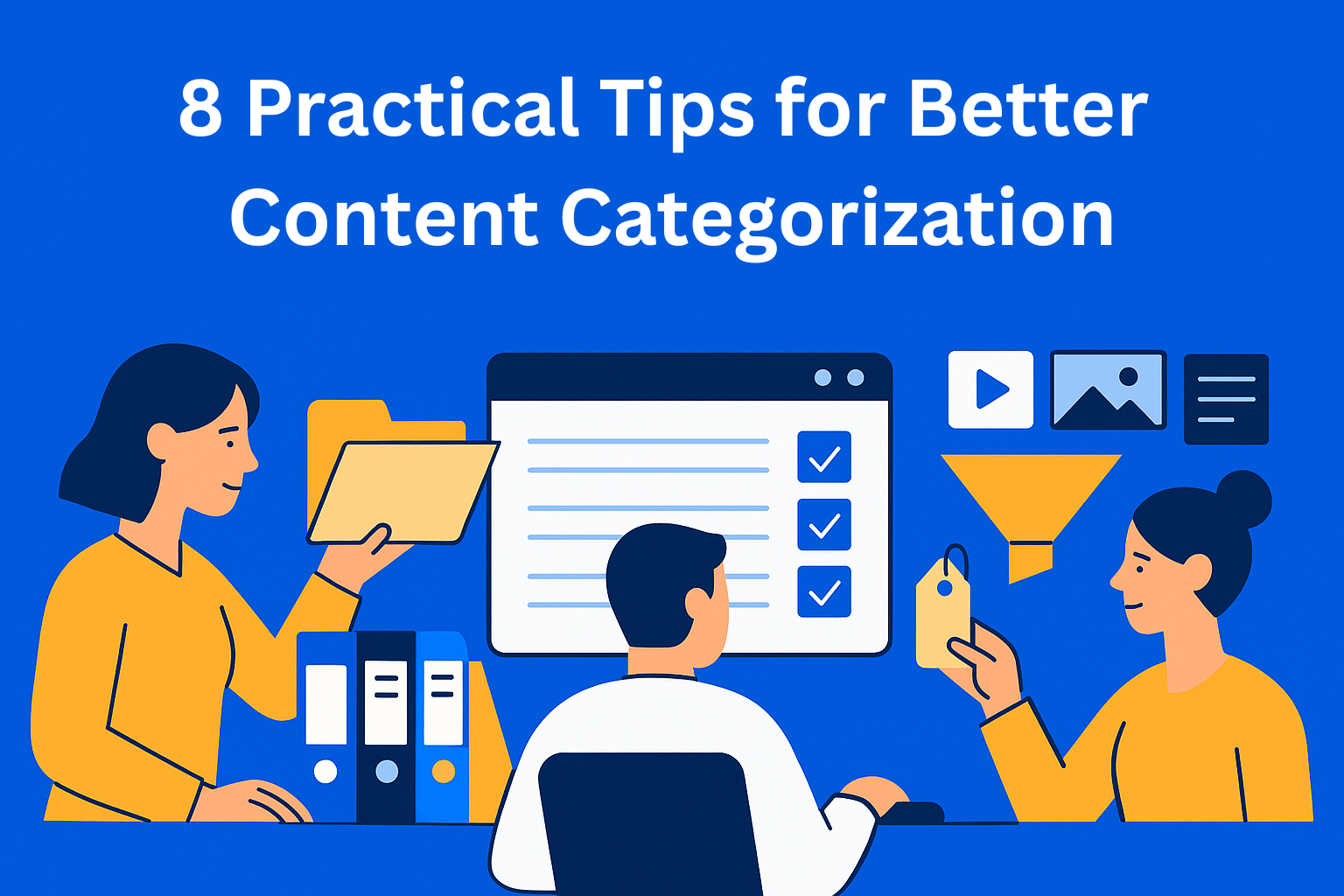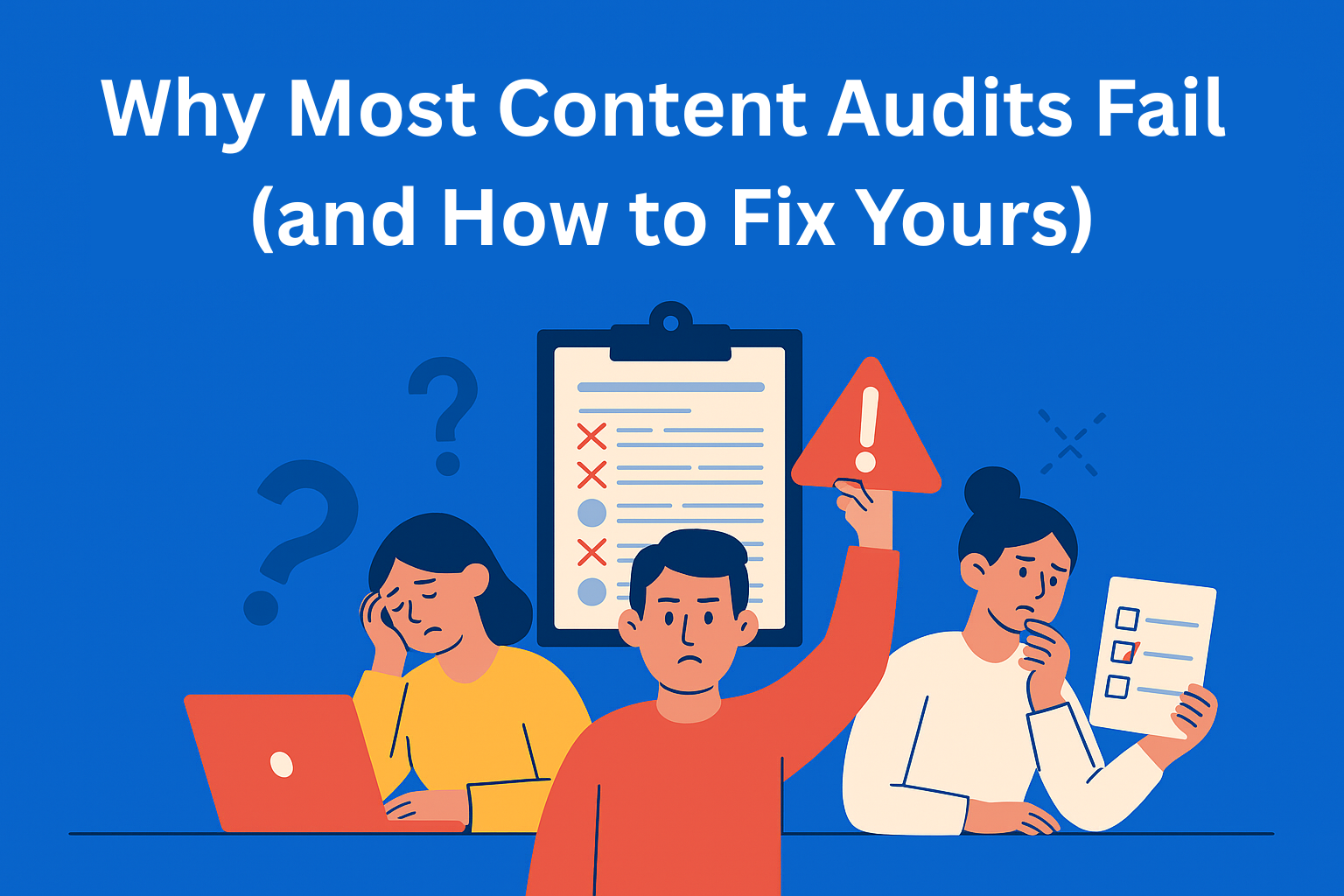The New Ranking Factors: What AI Models Look for in Content
AI‑driven search goes beyond keywords. Learn the new ranking factors - clarity, authority, context, entities, and structure, and discover how to create content AI models trust and rank higher.

Internet search is changing faster than ever. It used to depend on how many times you repeated a keyword in your text. Today, thanks to artificial intelligence (AI), search engines no longer just look for words - they understand their meaning. Instead of scanning pages and counting keywords, AI now evaluates the quality, clarity, and context of content.
Tools like ChatGPT have become new filters through which users get information. These models don’t show search results like before - they combine information from multiple sources and create an answer. Because of that, marketing and SEO rules must adapt. It’s no longer enough to be on Google’s first page; you must become a source that AI recognizes as trustworthy and useful.
Key Takeaways
- Structure matters more than style - AI models prioritize clarity, hierarchy, and semantic relationships over clever tone or creative flourishes.
- Formatting is machine-readable SEO - Headings, short paragraphs, and bullet points help models interpret and rank your content accurately.
- Authority comes from consistency - Uniform formatting, terminology, and voice across your content library build trust and improve ranking potential.
- Answer-first writing performs best - AI favors content that clearly addresses questions with concise, extractable responses.
- Explicit beats clever every time - Clear terms, named entities, and consistent topic handling help AI understand and elevate your content.
How AI Models “Understand” Content
To understand new ranking factors, we first need to know how AI “reads” text. Old systems only searched for words that matched the query. Modern AI learns from many examples and tries to understand the meaning and intention behind what’s written.
For example, if you write a text about digital marketing, AI can tell whether you’re talking about social media advertising or SEO strategies based on surrounding sentences and context. This is called semantic understanding. Models connect word meanings, tone, and structure to understand the topic. That’s why keywords alone are no longer enough - the whole text must make sense and have a clear message.
In other words, AI doesn’t just look at where something is written - it tries to understand what it actually means.
The New Ranking Factors AI Values
a. Clarity and Structure
Clarity is now one of the most important ranking factors. AI models prefer when content is organized, easy to read, and logical. That means you should avoid long, complicated sentences and unclear phrases. Instead, use short paragraphs, subheadings, and simple language.
Imagine an AI model reading your text like a person learning something new. If it’s easy to understand, it’s more likely the model will recommend it as a reliable source. For example:
Instead of: “The implementation of semantic factors in a search model represents a complex process of evaluating information.”
Write: “AI is now learning to understand the meaning of words, not just count them.”
Short, clear, direct. AI recognizes and values this kind of content more. Here, the keyword AI content ranking fits naturally because it matches the topic being discussed.
b. Authority and Trust
AI checks how trustworthy a source is. It looks at the author’s name, the sources used, and the tone of the text. If the content comes from an expert and contains accurate information, AI will more easily identify it as reliable.
You’ll often hear the term E-E-A-T, which stands for Experience, Expertise, Authority, and Trust.
In practice, this means:
- Always mention who wrote the text and, if possible, include brief info about their experience.
- Write simply and honestly, without exaggeration or unrealistic claims.
- When using data, say where it came from. Mention a trustworthy source or study to show that the information in your text is true and verified.
When AI sees that content comes from a reliable site or person, it’s more likely to include it in its answers.
c. Context and Relevance
Context helps AI understand why your text is important. AI doesn’t just read sentences separately - it looks at how your text connects with other information and whether it truly answers the user’s question.
For example, if someone asks: “How is AI changing SEO rules?” - a text that only explains what SEO is won’t be enough. AI looks for an answer that explains both how and why. So, your text should connect ideas and topics instead of explaining each one separately and out of context.
This is essential for AI search optimization - a new approach to content optimization that focuses on how AI models understand meaning, not just structure.
d. Entity Recognition
One of the biggest changes in how AI evaluates content is entity recognition. Entities are specific things - people, brands, places, organizations, products, or even ideas. When an AI model recognizes them, it connects your text with other related information.
For example:
- If you mention ChatGPT in the context of AI search, the model knows it’s a large language model developed by OpenAI.
- If you write Google Ads campaigns, AI recognizes that it’s a tool for online advertising within Google’s platform.
For writers, this means you should use correct names and brands, but only when they make sense in the topic. This helps AI understand what you’re writing about and link your text with other similar information.
e. Structured Information and Format
AI likes order. When content is well-organized, it’s easier to analyze and understand. That means you should use:
- Headings and subheadings (H2, H3)
- Lists and bullet points
- Tables or examples
- Short paragraphs
In addition, structured data (like schema markup) helps AI recognize what each part of the text is: title, author, date, topic, etc.
In other words, when you structure your content, you’re not only helping people read it more easily but also helping AI understand it better.
How Marketers Can Adapt
AI-driven search is changing the rules, but that doesn’t mean success is harder to achieve. In fact, this is a chance for those who understand how AI “thinks” to get ahead. Here are a few practical tips to adapt:
- Write for humans, optimize for AI. Focus on clear explanations and concrete examples. If people understand your text, AI will too.
- Use natural keywords. Keywords still matter, but they must make sense in the context.
- Include sources and references. This boosts your content’s authority.
- Keep content up to date. AI models value fresh information more than outdated ones.
- Focus on user experience. Your text should be pleasant to read, easy to scroll through, and provide quick answers.
In short, AI-friendly content isn’t complicated - it’s about writing that’s clear, useful, and reliable.
Conclusion
Traditional SEO is no longer enough. In the past, keywords and links were the main ranking signals, but now AI recognizes meaning. The new ranking factors - clarity, authority, context, entities, and structure - are the foundation of online visibility.
In the age of artificial intelligence, success doesn’t depend on how many times you use a keyword but on how well your words convey meaning.
So, the next time you write a blog, keep in mind what AI models look for:
- Be clear.
- Be precise.
- Provide value.
Because now, AI recognizes quality - and rewards it with higher visibility in its answers.






